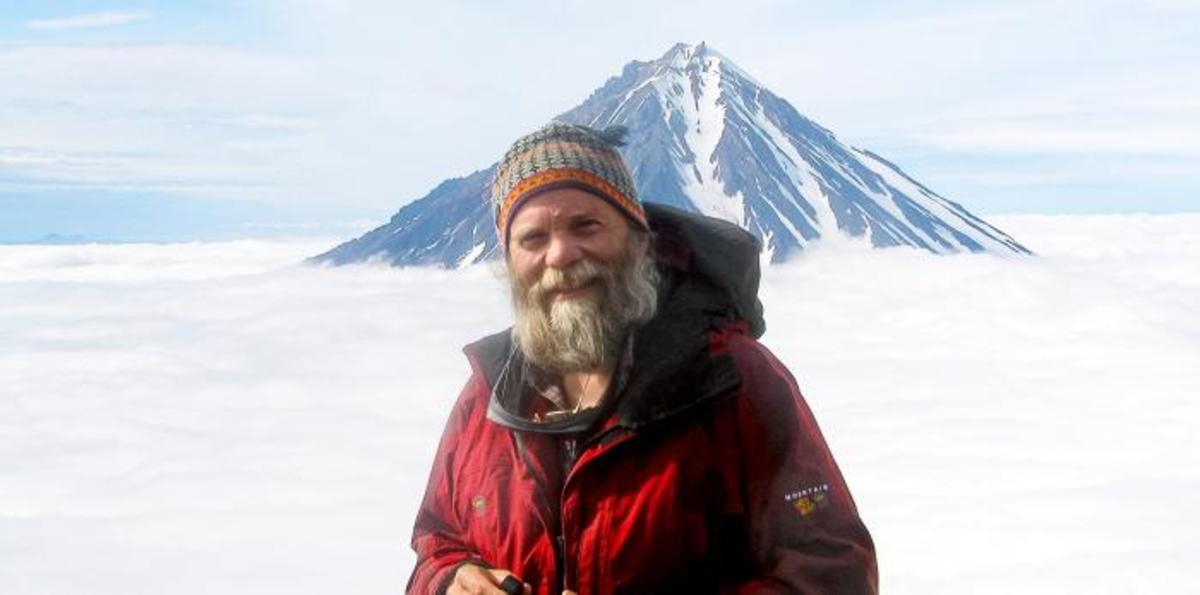Drilling molten rock to learn its secrets
Drilling molten rock to learn its secrets

Read this at MIT Technology Review
Few places on Earth are as hot as the Krafla caldera in Iceland, an enormous volcanic crater where magma was discovered about a decade ago at surprisingly shallow depths. For John Eichelberger ’70, SM ’71, reaching that magma is the terrestrial equivalent of going to the moon.
"Volcanos are the most spectacular aspect of geology," says Eichelberger, a professor emeritus at the University of Alaska Fairbanks (UAF). Eichelberger is best known for his discoveries about how magmas release gas and how different magmas mix, as well as his leadership in drilling to study volcanoes and advocacy for international science and education partnerships. For his contributions to the understanding of natural hazards, the European Geosciences Union awarded him the 2015 Soloviev Medal.
He is now leading development of the Krafla Magma Testbed (KMT), expected to launch this year with an international coalition of scientists and engineers. The $100 million project involves drilling 2.1 kilometers into a chamber below the volcano that holds magma at temperatures around 900 °C, offering an unprecedented opportunity to study the source of volcanic eruptions and geothermal energy. KMT’s goals include improving eruption forecasting and extracting energy that would be an order of magnitude greater than what’s generated by conventional geothermal sources.
The son of a research chemist and a preschool educator, Eichelberger studied igneous petrology at MIT, following in the footsteps of such giants in the field, he notes, as Norman L. Bowen PhD 1912. He calls his time at the Institute “the most influential intellectual experience of my life.”
After earning a PhD in geology from Stanford, he worked at Los Alamos and then Sandia National Laboratories, whose Magma Energy Project drilled into a Hawaiian lava lake. “Drilling molten rock to learn its secrets became an inspiration, or perhaps an obsession, that drove much of my later career,” he says.
In 1989, a 747 flew into a volcanic ash cloud over Alaska and nearly crashed, which led to new funding for monitoring volcanoes under air routes. Eichelberger moved north to become UAF’s lead volcanology professor, expanding the Alaska Volcano Observatory into a key post that tracks volcanic activity along the Aleutian Island chain and (with Russian colleagues) Russia’s Kamchatka Peninsula. He later led the US Geological Survey’s Volcano Hazards Program, before returning to UAF in 2012 to become dean of the graduate school. In 2020, he edited a special issue of Geosciences on magma-hydrothermal systems.
Eichelberger has lost colleagues to eruptions and had close calls himself. An MIT mentor, the late Thomas R. McGetchin, taught him to limit exposure to the work’s unique risks: “Go there, do what you need to do, and get out.”
Story Image: John Eichelberger on the summit of Avachinsky Volcano (2,741 meters/8,993 feet), on the outskirts of Petropavlovsk-Kamchatsky in Russia. Behind him, Koryaksky Volcano rises through the cloud deck. Both volcanoes are active. (Credit: Pavel Izbekov/UAF)